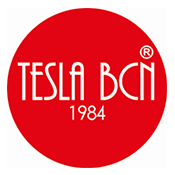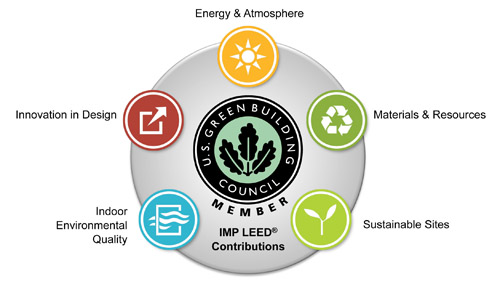CERTIFICATION LEED
“Tesla BCN carries out the installations of the 1st single-family house in Barcelona (Spain) which is awarded the LEED gold certification”
La certificación LEED (Leadership in Energy & Environmental Design) It is developed to accredit the use of different strategies to certify sustainable buildings. The buildings considered as sustainable are those in which the construction systems and natural resources have been optimized, so that the impact on the environment and the inhabitants of these buildings is the minimum possible.
El LEED certification it began to be used in the United States in 1998 through the USGBC (US Green Building Council). From there, its use was extended internationally to reach Spain
Get better buildings with LEED
Projects pursuing LEED certification earn points in various categories, including energy use and air quality. Depending on the number of points achieved, a project gets one of the four LEED rating levels: Certificate, Silver, Gold or Platinum.
Location and Transportation
The Location and Transportation (LT) category rewards smart decisions about the location of the building, with credits that encourage compact development, alternative transportation, and connection to services, such as restaurants and parks. The LT category considers the existing characteristics of the surrounding community and how this infrastructure affects the occupants’ behavior and environmental performance.
Sustainable sites
Category Sustainable Sites (SS) rewards decisions about the environment surrounding the building, with credits that emphasize the vital relationships between buildings, ecosystems and ecosystem services. It focuses on restoring the elements of the project site, integrating the site with local and regional ecosystems and preserving the biodiversity on which natural systems depend.
Water efficiency
The Water Efficiency section (WE) approaches the water issue holistically, and analyzes indoor use, outdoor use, specialized uses and measurement. The section is based on an “efficiency first” approach to water conservation. As a result, each prerequisite considers water efficiency and reductions in the use of potable water alone. Then, WE credits also recognize the use of alternative and non-potable water sources.
Energy and Atmosphere
The Energy and Atmosphere (EA) category addresses energy from a holistic perspective, focusing on the reduction of energy use, energy-efficient design strategies and renewable energy sources. Energy efficiency in an eco-friendly building begins with a focus on design that reduces overall energy needs, such as building orientation and glazing selection, and the choice of building materials appropriate for the climate. Strategies such as passive heating and cooling, natural ventilation and high-efficiency HVAC systems together with intelligent controls further reduce the energy use of a building. The generation of renewable energy at the project site or the purchase of green energy allows part of the remaining energy consumption to be covered with non-fossil energy, which reduces the demand for traditional sources.
Materials and Resources
The Materials and Resources (MR) credit category focuses on minimizing embodied energy and other impacts associated with the extraction, processing, transportation, maintenance and disposal of construction materials. The requirements are designed to support a life cycle approach that improves performance and promotes resource efficiency. Each requirement identifies a specific action that fits within the broader context of a life cycle approach for the reduction of embedded impact.
Environmental quality
The category of interior environmental quality (EQ) rewards the decisions taken by the project teams on indoor air quality and thermal, visual and acoustic comfort. Green buildings with good indoor environmental quality protect the health and comfort of the occupants of the building. High quality indoor environments also improve productivity, decrease absenteeism, improve the value of the building and reduce the responsibility of designers and building owners. This category addresses the large number of design strategies and environmental factors (air quality, lighting quality, acoustic design, environmental control) that influence the way people learn, work and live.
Innovation
Strategies and measures of sustainable design evolve and constantly improve. New technologies are continuously introduced into the market, and up-to-date scientific research influences building design strategies. The objective of this LEED category is to recognize projects with innovative construction features and sustainable construction practices and strategies.
Regional priority
The USGBC established a process that identified six RP credits for each location and each rating system within the limits of the chapters or countries. It is based on the most important environmental issues of each area or country. Problems could be natural (for example, water scarcity) or artificial (for example, contaminated watersheds) and could reflect environmental concerns (for example, water scarcity) or environmental assets (for example, abundant sunlight). Areas or zones were defined by a combination of priority problems, for example, an urban area with a deteriorated watershed versus an urban area with an intact watershed.




